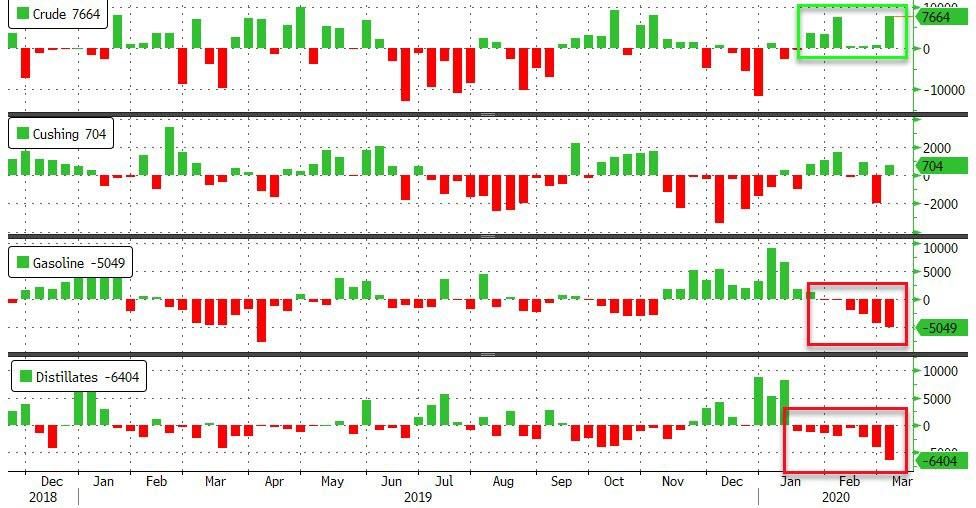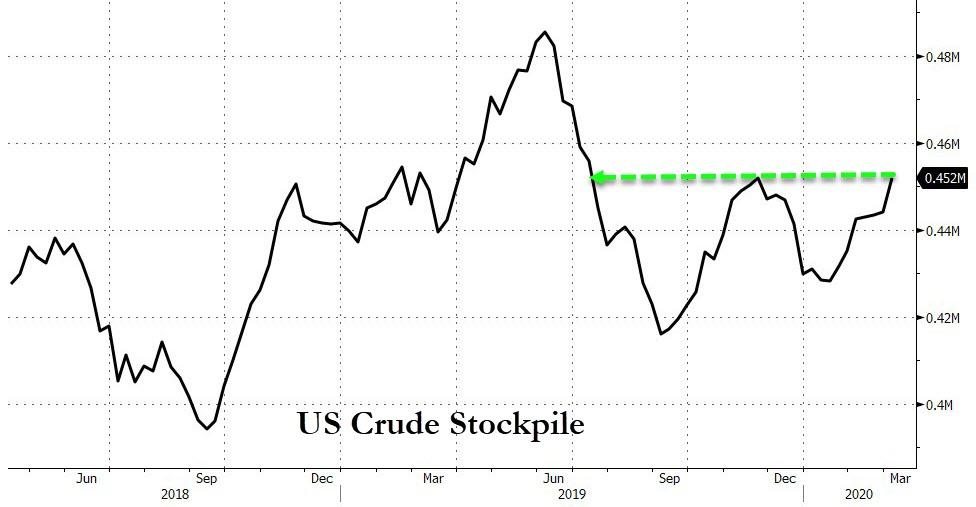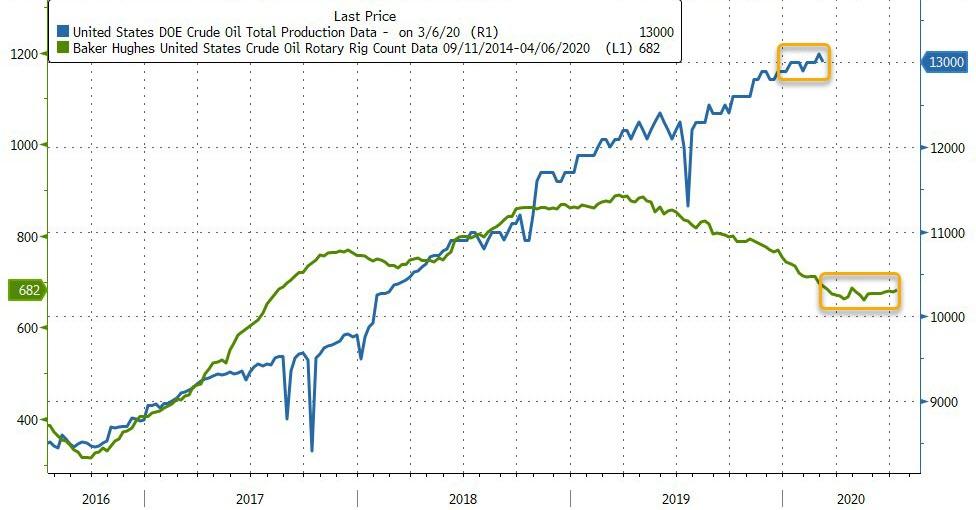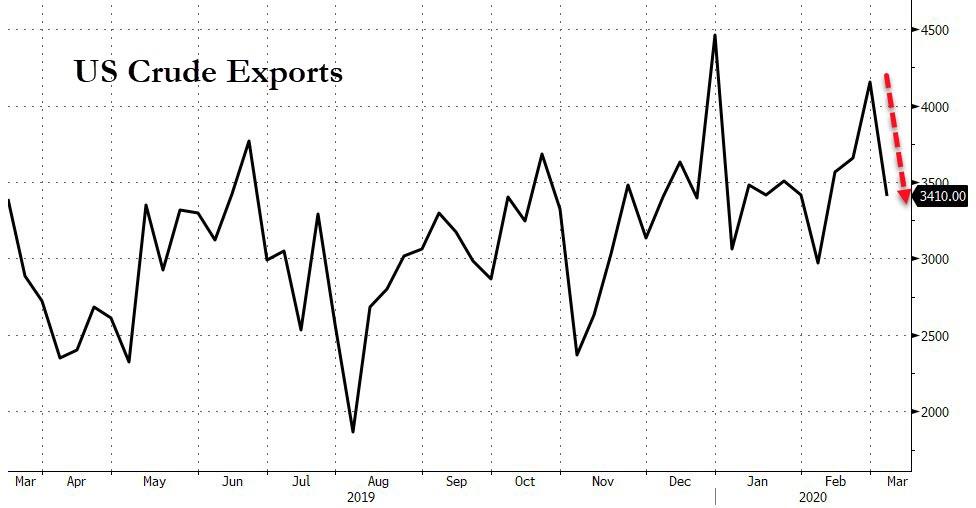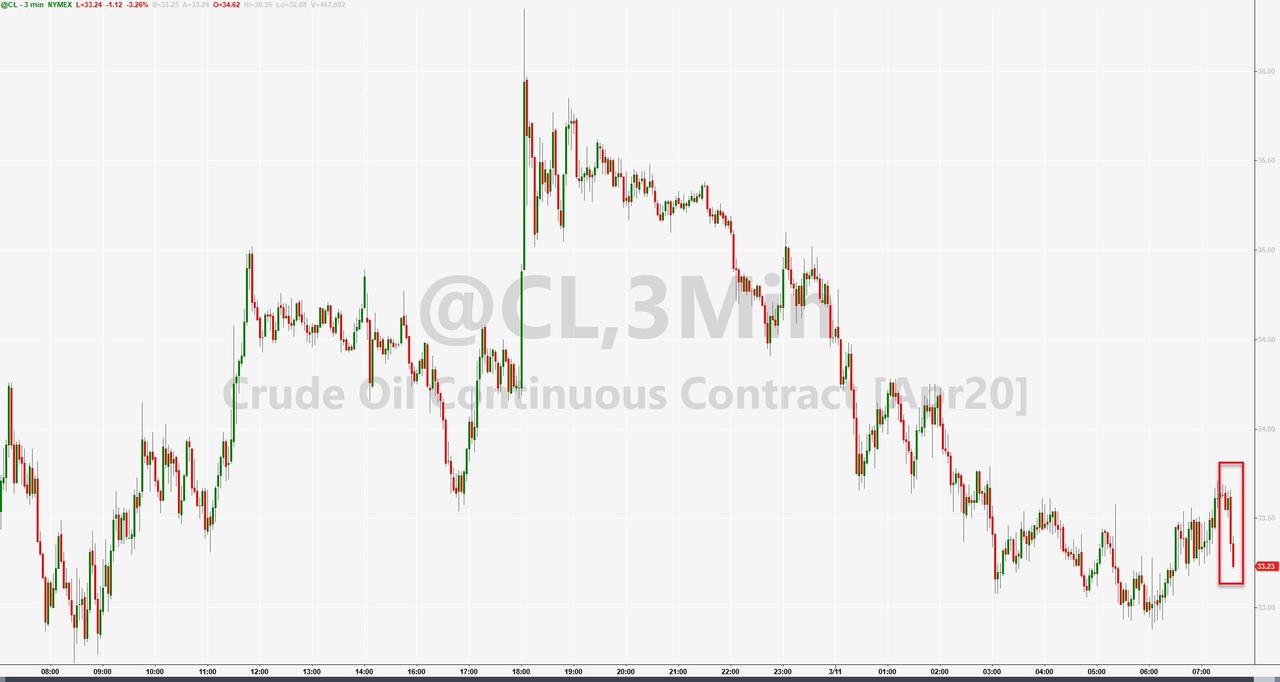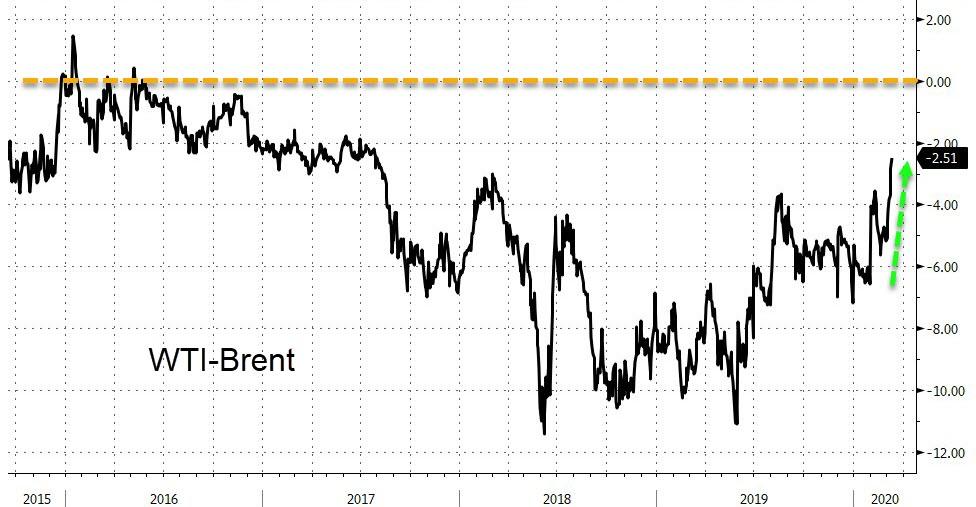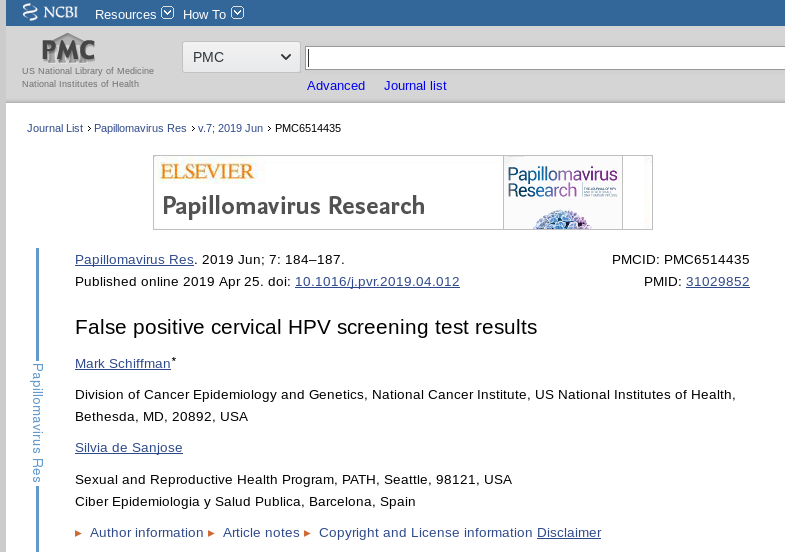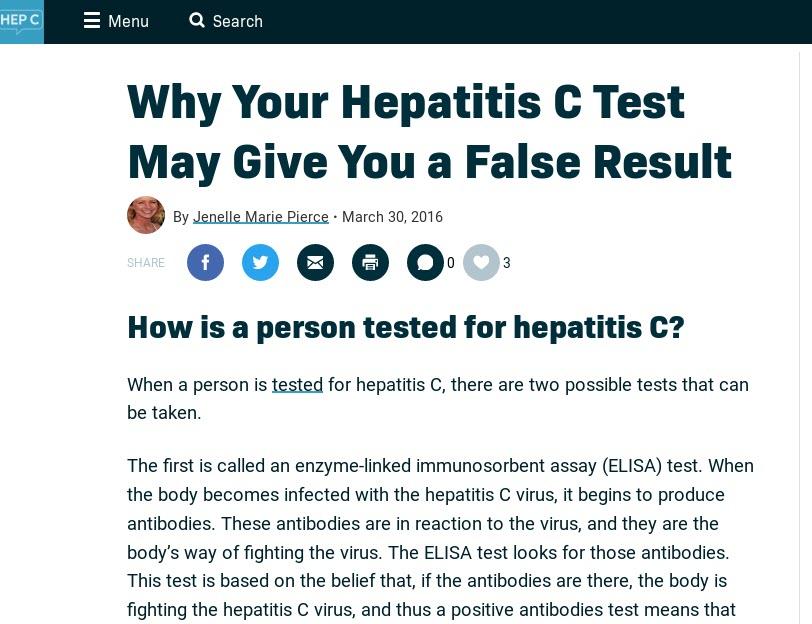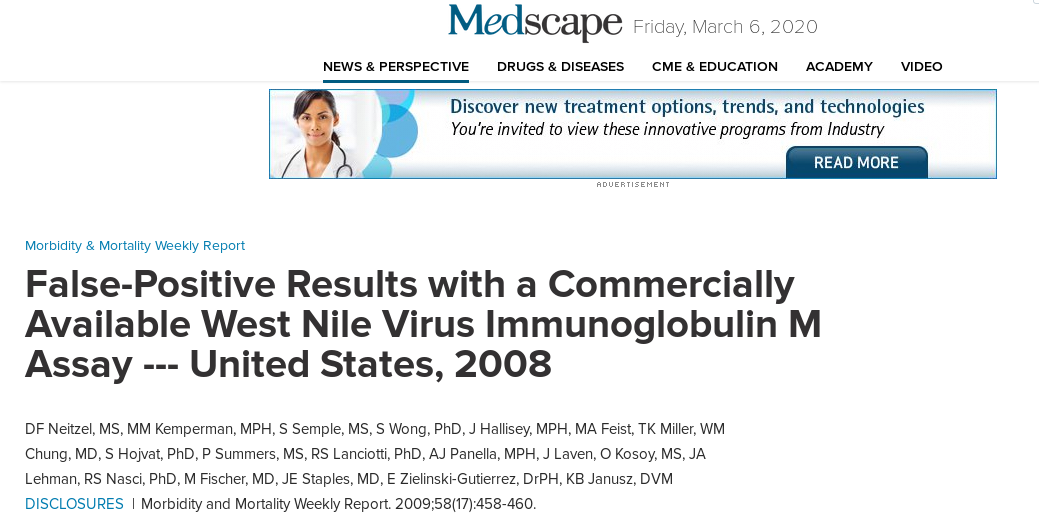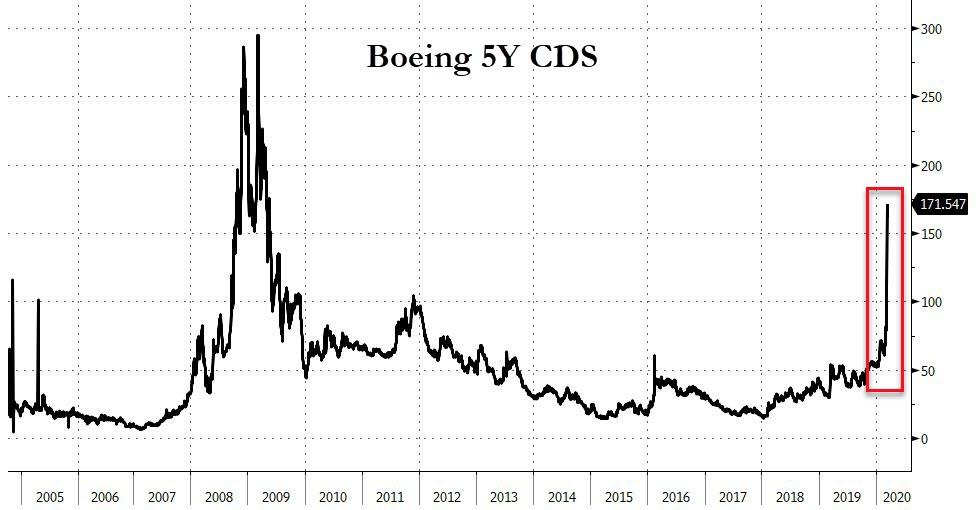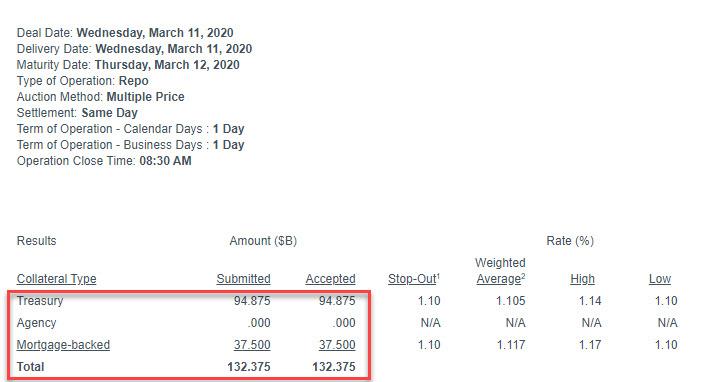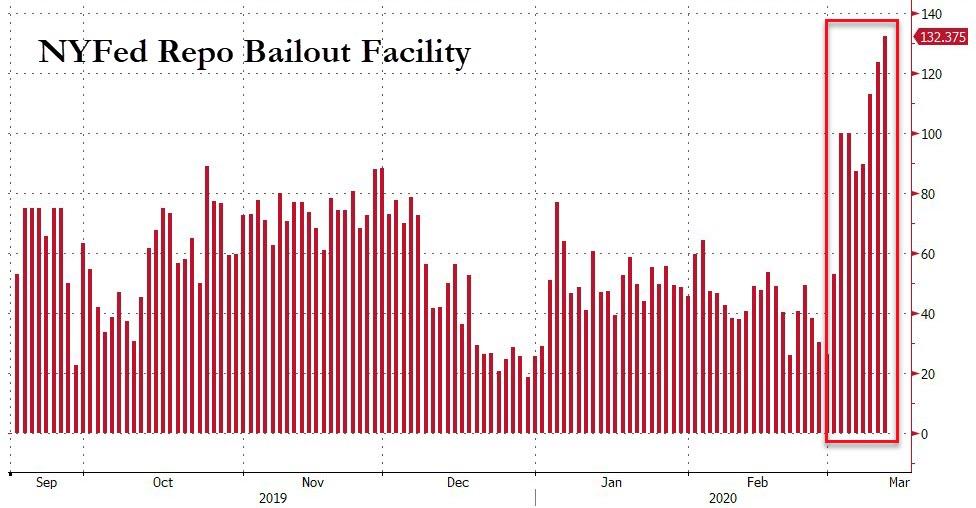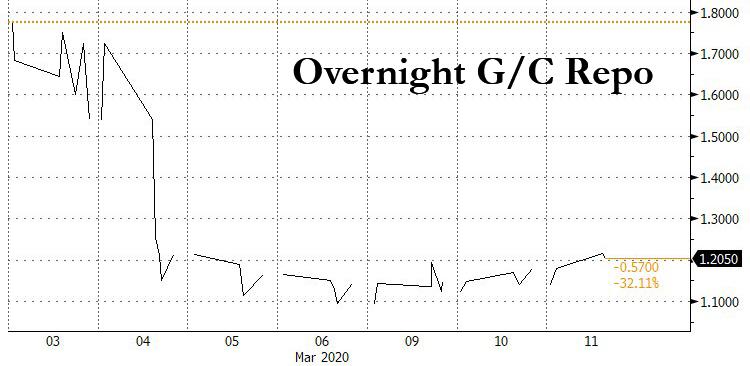The last time Reason wrote about Australian musician and genre-bending Goth heartthrob Nick Cave, he was making a bold statement in favor of free speech and creative expression while slamming “woke” culture and what he saw as its analogs on the far right:
Antifa and the Far Right…with their routine street fights, role-playing and dress-ups are participants in a weirdly erotic, violent and mutually self-sustaining marriage, propped up entirely by the blind, inflexible convictions of each other’s belief systems. It is good for nothing, except inflaming their own self-righteousness.
This time I want to quote him in a discussion with a fan who asks the (good) question, “Do you ever feel the need to change lyrics, when performing live, which may be problematic in 2020, for example ‘a fag in a whalebone corset dragging his dick across my cheek’? Or are you happy to preserve the lyric as a product of its time, and respect the original content?”
Cave publishes a monthly newsletter, The Red Hand Files, in which he answers questions from his audience. In the new edition, he responds to the above query with a direct statement that should be a model for other creatives who are feeling weak-kneed in the face of rapidly changing standards of acceptability.
What songwriter could have predicted thirty years ago that the future would lose its sense of humour, its sense of playfulness, its sense of context, nuance and irony, and fall into the hands of a perpetually pissed off coterie of pearl-clutchers? How were we to know?
Perhaps we writers should have been more careful with our words—I can own this, and I may even agree—however, we should never blame the songs themselves. Songs are divinely constituted organisms. They have their own integrity. As flawed as they may be, the souls of the songs must be protected at all costs. They must be allowed to exist in all their aberrant horror, unmolested by these strident advocates of the innocuous, even if just as some indication that the world has moved toward a better, fairer and more sensitive place. If punishment must be administered, punish the creators, not the songs. We can handle it. I would rather be remembered for writing something that was discomforting or offensive, than to be forgotten for writing something bloodless and bland.
Cave is not some reactionary rock star whose best years are behind him or whose oeuvre is packed with worn-out rock-star cliches about feminine pulchritude. The song referenced above, “Papa Won’t Leave You, Henry,” the opening track to an acclaimed 1992 album with his band The Bad Seeds, is a “kind of a nasty fucked-up lullaby” (in his own words) that Cave says he used to sing to his young son. It’s a hauntingly surrealistic tormented ballad that defies any easy categorization. The Australian native is a long-lived, hard-thinking observer of modern life who has been in the public eye since the early 1980s and whose output includes dozens of albums, novels, screenplays, and nonfiction pieces. His interests, modes of expression, and style have all evolved over time but one constant is his defense of free speech and artistic independence.
In 2017, he pushed back against calls from musicians such as Roger Waters and Brian Eno to respect the Boycott, Divestment, and Sanctions (BDS) movement’s demand that no musical act perform in Israel. Besides making it harder for critics of the Israeli government to plead their case directly from the stage, Cave wrote in an open letter, BDS supporters were also trying to “bully, shame and silence musicians” into adopting a party line. Last fall, he insisted that “free speech was a clear-cut and uncontested virtue.”
We live in a world where the old guard often cowers to pressure, especially from the young, out of fear or forgotten principles. As a musician, Cave works in an industry that rewards groupthink, especially when it comes to politically sensitive issues and sensibilities. His willingness to speak his beliefs is doubly notable, first because he is doing it at all and second because he does it without acrimony or aversion. As a rule, rock stars age with all the grace of jack-o’-lanterns left out on the porch for way too long, but Nick Cave is teaching a master class in aging gracefully and seriously.
from Latest – Reason.com https://ift.tt/38Jo5lW
via IFTTT
